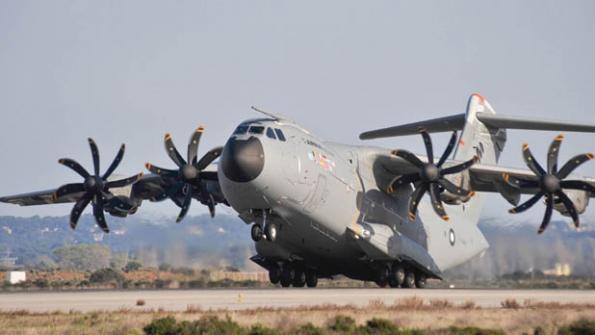
Credit: Airbus
LYON, France–Experience, adaptation skills and cooperation with allies as well as reliable and efficient aircraft made Operation Agapan a success, enabling 2,800 people to leave Afghanistan on short notice, French military officials say. Some 2,600 Afghans, in addition to 100 French citizens and...
Subscription Required
This content requires a subscription to one of the Aviation Week Intelligence Network (AWIN) bundles.
Schedule a demo today to find out how you can access this content and similar content related to your area of the global aviation industry.
Already an AWIN subscriber? Login
Did you know? Aviation Week has won top honors multiple times in the Jesse H. Neal National Business Journalism Awards, the business-to-business media equivalent of the Pulitzer Prizes.





